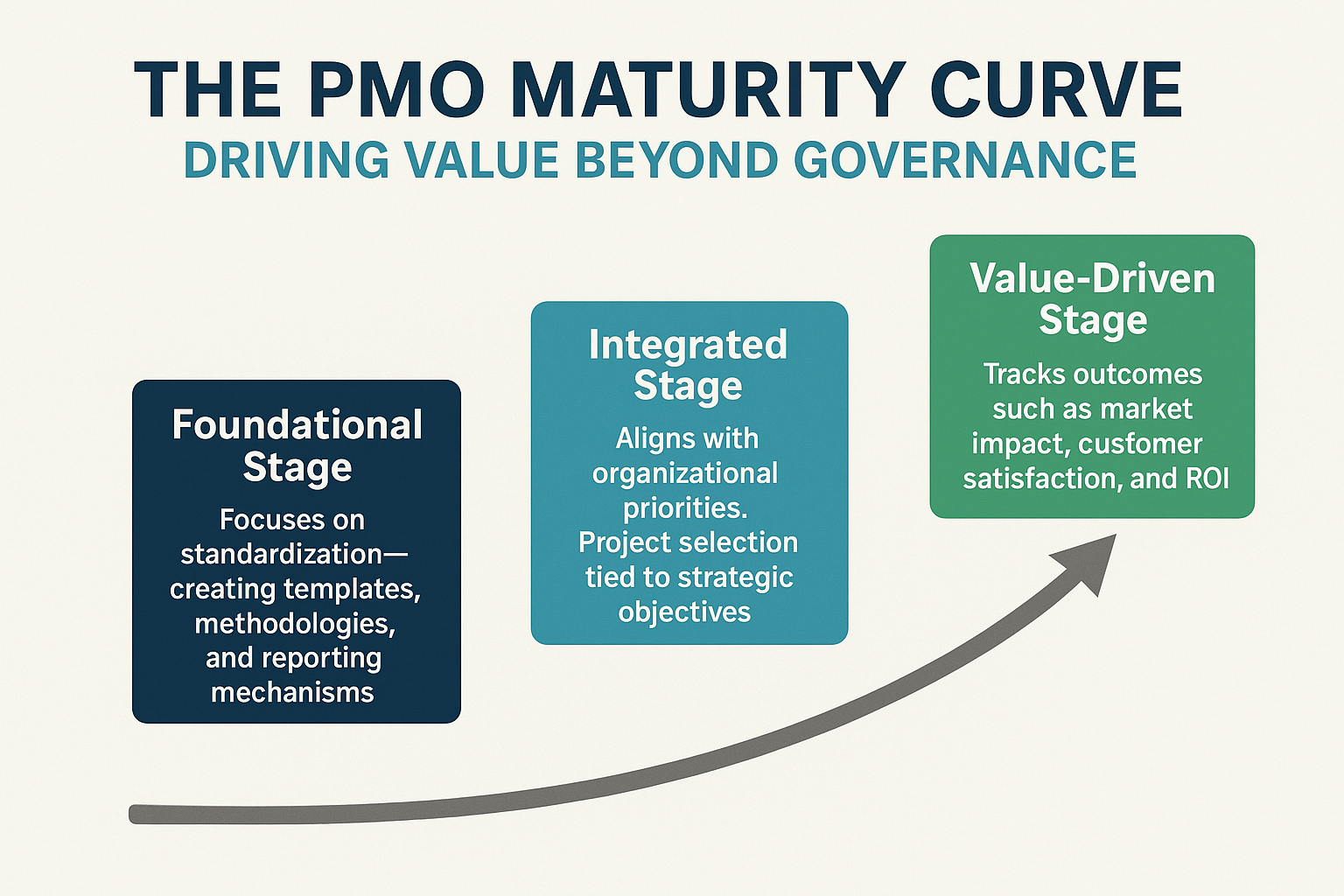Project Management Offices (PMOs) are essential for organizations to effectively manage projects and ensure successful outcomes. However, as businesses grow and evolve, PMOs can become bloated and inefficient, hindering their ability to deliver value. In today’s fast-paced business environment, it is crucial for PMOs to continuously optimize their processes and practices to maximize efficiency. Here are some tips for optimizing a PMO and driving better results.
Define Clear Goals and Objectives:
The first step to optimizing a PMO is to have a clear understanding of its purpose and objectives. This will help in aligning the PMO’s activities with the organization’s overall goals and priorities. It is also essential to regularly review and update these goals to ensure they remain relevant and in line with the organization’s changing needs.
Streamline Processes:
PMOs often have multiple processes and procedures in place, which can lead to duplication of efforts and inefficiencies. To optimize a PMO, it is crucial to streamline processes and eliminate any unnecessary steps. This will not only save time and resources but also improve the overall efficiency of the PMO.
Leverage Technology:
In today’s digital age, technology plays a critical role in optimizing PMOs. Investing in project management software can help streamline processes, improve collaboration, and provide real-time visibility into project progress. It also enables automation of routine tasks, freeing up time for PMO personnel to focus on more critical activities.
Encourage Communication and Collaboration:
Effective communication and collaboration are key to optimizing a PMO. Encouraging open communication and collaboration among team members, stakeholders, and project managers can help identify and resolve issues quickly, leading to faster decision-making and improved project outcomes.
Implement a Project Portfolio Management (PPM) Approach:
A PPM approach allows PMOs to prioritize and manage projects based on their strategic alignment and resource availability. This helps in optimizing the use of resources, identifying and mitigating risks, and ensuring that projects are aligned with the organization’s overall objectives.
Continuously Monitor and Measure Performance:
To optimize a PMO, it is crucial to have a system in place to monitor and measure its performance regularly. This will help identify areas for improvement and make data-driven decisions to drive efficiency and effectiveness.
Conclusion:
Optimizing a PMO is an ongoing process that requires continuous evaluation, improvement, and adaptation. By following these tips, organizations can ensure that their PMOs are efficient, effective, and aligned with their strategic goals, leading to better project outcomes and business success.




